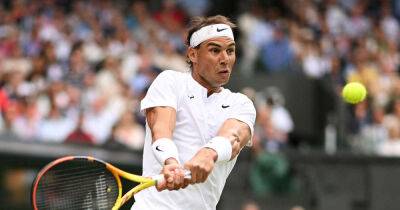Wimbledon’s restless Middle Sunday mixes new ideas and old favourites
What is there to do on the first Sunday in Wimbledon? Well, if you head to the common, you can join up with the classic car owners parading their highly polished Caterham Sevens and Austin Allegros at the monthly meeting of the Southside Hustle. Wander past Rushmere pond and you can join the locals as they pick up their weekly necessities – artisanal cheeses and heritage aubergines – at the farmers’ market.
Or you could carry on through the village, a place whose extravagant and tangential shop‑front floral arrangements suggest the cost-of-living crisis has not yet hit the allium industry or the honeysuckle trade, a place where no pub patio goes unturfed for Wimbledon fortnight. You could even head down a steep hill and arrive at the gates of the All England Lawn Tennis and Croquet Club, and – ticket-dependent – help yourself to a dose of third-round grand slam tennis.
Given how often Centre Court is referred to as the cathedral of tennis, it is a surprise how long it has taken to open on a Sunday – aside from the four memorable “People’s Sundays”, when poor weather forced a pile-up in the schedules. But last year a new decree finally came down. And on the seventh day, the Lord said: let there be tennis, and lo, there was tennis, because someone at the top had noticed that their traditional “rest day” meant missing out on major revenue streams, and after all what was the point in building lavish hospitality facilities if they sat empty for half of a potentially lucrative weekend?
So here it was, the start of a new Middle Sunday tradition: the end of the sacred pause, when even the greatest of tennis crushes from Rafael Nadal to Maria Sharapova could walk to their practice court in peace, and the beginning of a 14-day




